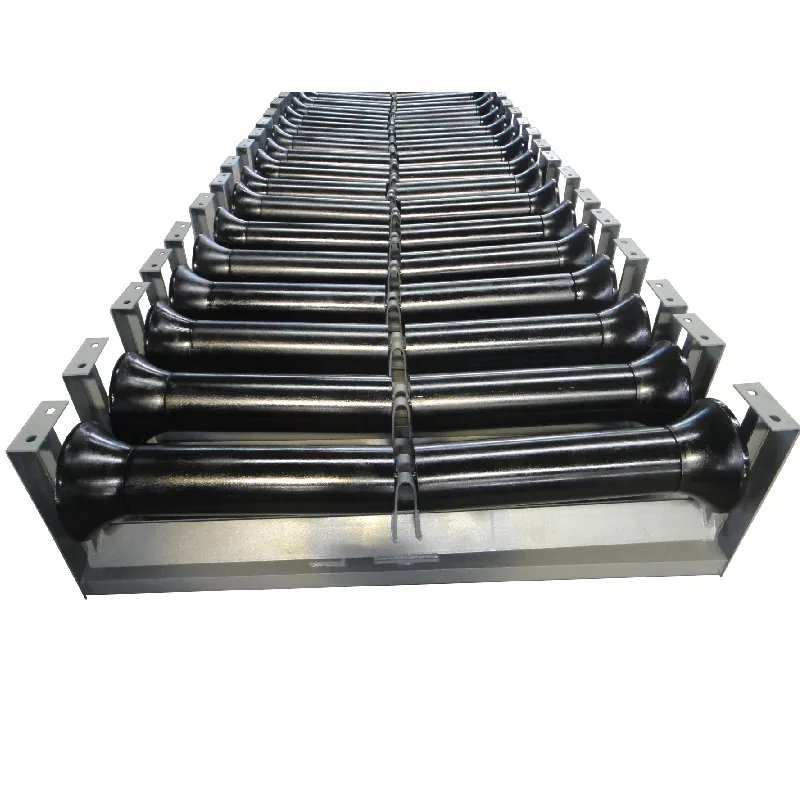 Afrikaans
Afrikaans  Albanian
Albanian  Amharic
Amharic  Arabic
Arabic  Armenian
Armenian  Azerbaijani
Azerbaijani  Basque
Basque  Belarusian
Belarusian  Bengali
Bengali  Bosnian
Bosnian  Bulgarian
Bulgarian  Catalan
Catalan  Cebuano
Cebuano  Corsican
Corsican  Croatian
Croatian  Czech
Czech  Danish
Danish  Dutch
Dutch  English
English  Esperanto
Esperanto  Estonian
Estonian  Finnish
Finnish  French
French  Frisian
Frisian  Galician
Galician  Georgian
Georgian  German
German  Greek
Greek  Gujarati
Gujarati  Haitian Creole
Haitian Creole  hausa
hausa  hawaiian
hawaiian  Hebrew
Hebrew  Hindi
Hindi  Miao
Miao  Hungarian
Hungarian  Icelandic
Icelandic  igbo
igbo  Indonesian
Indonesian  irish
irish  Italian
Italian  Japanese
Japanese  Javanese
Javanese  Kannada
Kannada  kazakh
kazakh  Khmer
Khmer  Rwandese
Rwandese  Korean
Korean  Kurdish
Kurdish  Kyrgyz
Kyrgyz  Lao
Lao  Latin
Latin  Latvian
Latvian  Lithuanian
Lithuanian  Luxembourgish
Luxembourgish  Macedonian
Macedonian  Malgashi
Malgashi  Malay
Malay  Malayalam
Malayalam  Maltese
Maltese  Maori
Maori  Marathi
Marathi  Mongolian
Mongolian  Myanmar
Myanmar  Nepali
Nepali  Norwegian
Norwegian  Norwegian
Norwegian  Occitan
Occitan  Pashto
Pashto  Persian
Persian  Polish
Polish  Portuguese
Portuguese  Punjabi
Punjabi  Romanian
Romanian  Russian
Russian  Samoan
Samoan  Scottish Gaelic
Scottish Gaelic  Serbian
Serbian  Sesotho
Sesotho  Shona
Shona  Sindhi
Sindhi  Sinhala
Sinhala  Slovak
Slovak  Slovenian
Slovenian  Somali
Somali  Spanish
Spanish  Sundanese
Sundanese  Swahili
Swahili  Swedish
Swedish  Tagalog
Tagalog  Tajik
Tajik  Tamil
Tamil  Tatar
Tatar  Telugu
Telugu  Thai
Thai  Turkish
Turkish  Turkmen
Turkmen  Ukrainian
Ukrainian  Urdu
Urdu  Uighur
Uighur  Uzbek
Uzbek  Vietnamese
Vietnamese  Welsh
Welsh  Bantu
Bantu  Yiddish
Yiddish  Yoruba
Yoruba  Zulu
Zulu conveyor pulley lagging material
Understanding Conveyor Pulley Lagging Material
Conveyor systems are an essential part of modern industry, facilitating the efficient movement of materials across various sectors, including mining, manufacturing, and logistics. One critical component of these systems is the conveyor pulley, which plays a pivotal role in ensuring smooth operation and minimizing wear and tear on the entire conveyor. A vital accessory to the pulley is lagging material, which enhances performance and longevity.
Lagging refers to the layer of material applied to the pulley’s surface. This layer serves several important purposes. First, it provides additional friction between the pulley and the conveyor belt. This increased grip is essential for preventing belt slippage, especially under heavy loads or inclined operations. Without proper lagging, the conveyor belt can slip, causing inefficiencies and potential damage to both the belt and the pulley system.
There are various types of lagging materials available, each designed to meet specific operational requirements. Common materials include rubber, ceramic, and polyurethane. Rubber lagging is particularly popular due to its excellent wear resistance and ability to accommodate the flexibility of the conveyor belt. Ceramic lagging, on the other hand, offers high-friction properties and is often utilized in applications where heavy loads and steep angles are factors. Polyurethane lagging is valued for its durability and resistance to wear, making it ideal for high-performance applications.
conveyor pulley lagging material

The choice of lagging material often depends on several factors, including the type of materials being transported, the environment in which the conveyor operates, and the specific operating conditions. For instance, in wet or sticky environments, materials that provide excellent adhesion are essential to prevent slippage. Conversely, in dry and abrasive settings, wear-resistant materials typically take priority.
Proper installation and maintenance of lagging material are also crucial to the conveyor's function. Over time, lagging can wear down or peel away, reducing its effectiveness and leading to potential issues within the conveyor system. Regular inspections should be conducted to assess the condition of lagging and determine when to replace it. This proactive approach can help minimize unexpected downtime and costly repairs.
Moreover, the installation of lagging should be performed by trained professionals to ensure that it is securely bonded to the pulley
. Proper alignment and tensioning play a significant role in maximizing the effectiveness of the lagging material and the overall performance of the conveyor system.In conclusion, conveyor pulley lagging material is a vital component that enhances the efficiency, safety, and longevity of conveyor systems. Understanding the types, benefits, and maintenance of lagging can significantly impact operational efficiency and reduce costs in industries reliant on conveyor technology. As manufacturers continue to innovate, the future of lagging materials holds promise for even greater advancements in durability and performance, ensuring that conveyor systems can meet the demands of an ever-evolving industrial landscape.
-
Revolutionizing Conveyor Reliability with Advanced Rubber Lagging PulleysNewsJul.22,2025
-
Powering Precision and Durability with Expert Manufacturers of Conveyor ComponentsNewsJul.22,2025
-
Optimizing Conveyor Systems with Advanced Conveyor AccessoriesNewsJul.22,2025
-
Maximize Conveyor Efficiency with Quality Conveyor Idler PulleysNewsJul.22,2025
-
Future-Proof Your Conveyor System with High-Performance Polyurethane RollerNewsJul.22,2025
-
Driving Efficiency Forward with Quality Idlers and RollersNewsJul.22,2025





























